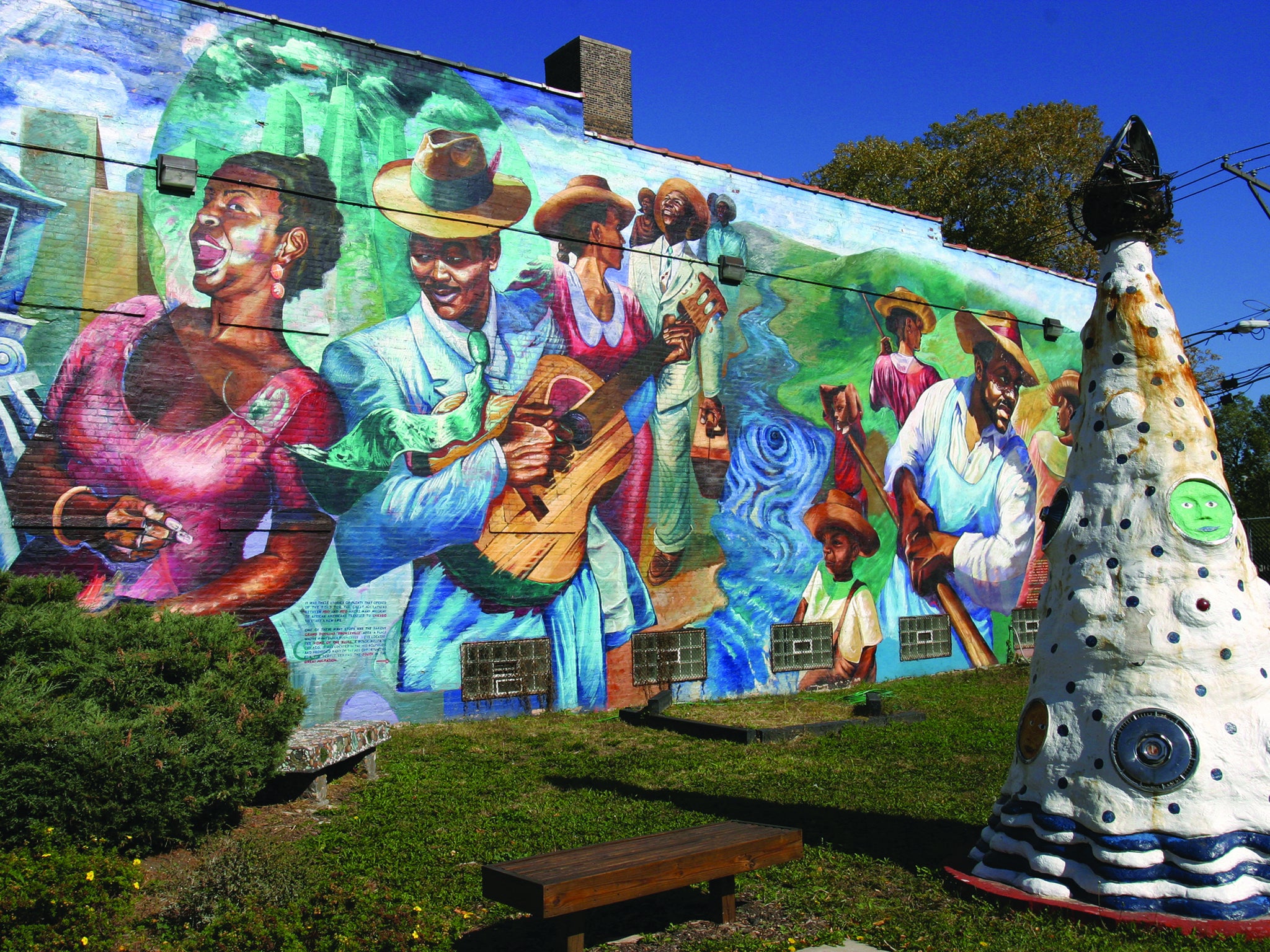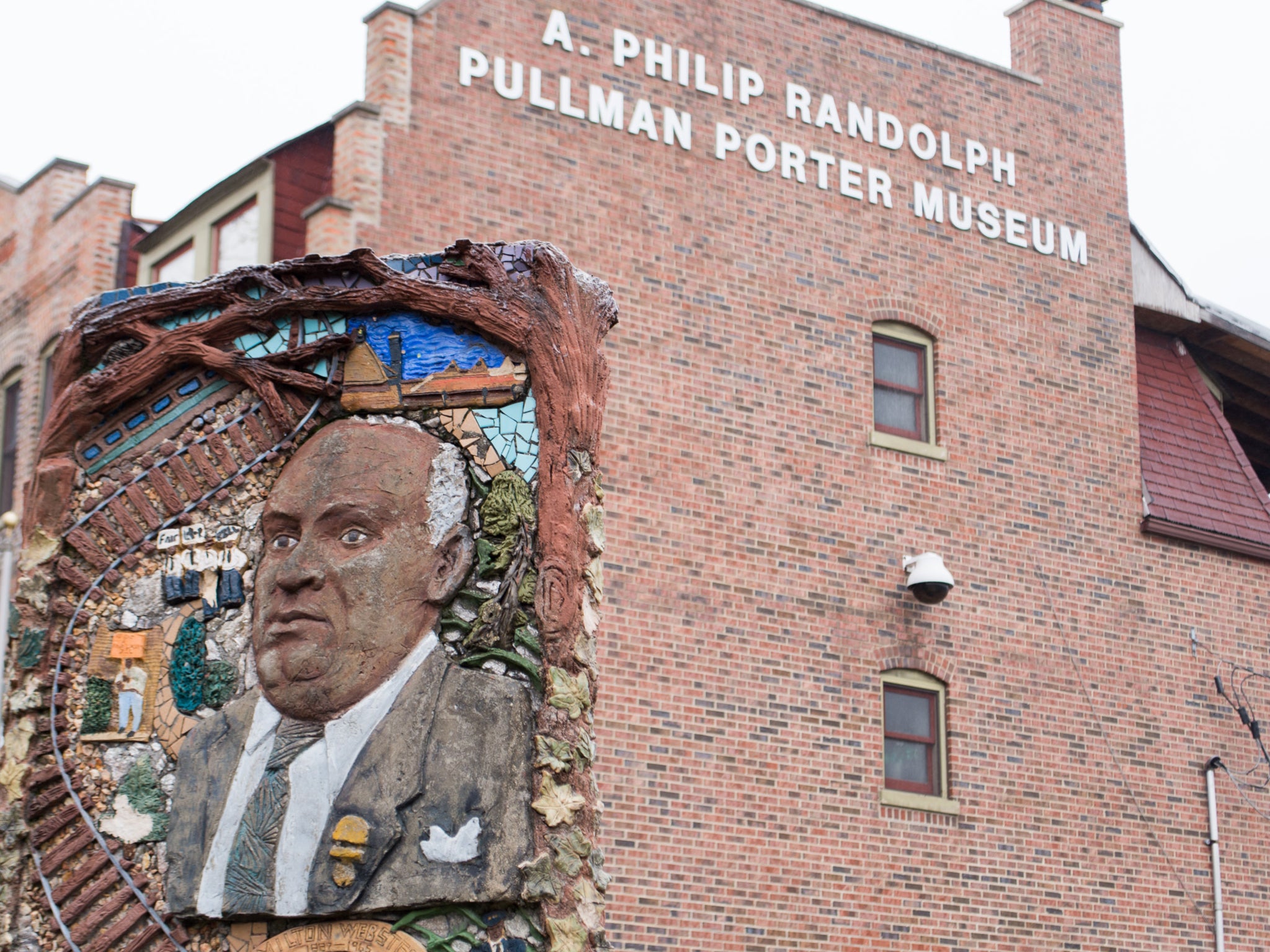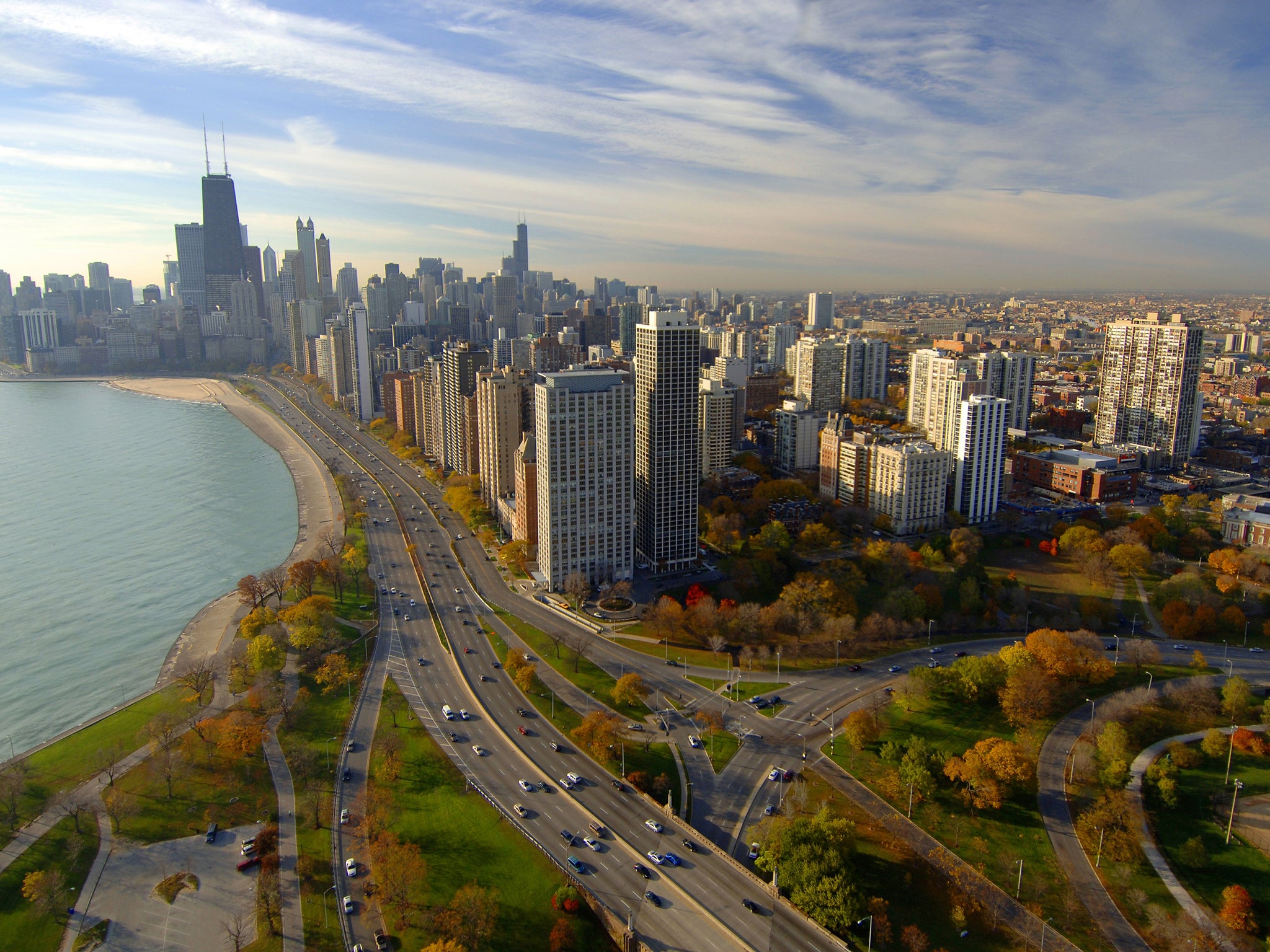The Independent's journalism is supported by our readers. When you purchase through links on our site, we may earn commission.
Civil rights in Chicago: On the trail of the Windy City’s hidden past
A monument to railway porters is a window on to an unknown history

For Dr Lyn Hughes, opening her small museum 20 years ago was a “temporary insanity”. She came to the Pullman district in Chicago’s South Side on a tour while on the hunt for real estate.
The district was once a company town, planned and run by Pullman, which operated luxury trains across the US. Earlier this year, President Barack Obama declared the Pullman district a National Monument. But for Lyn, a key part of the history was missing. “The tour didn’t mention anything about African-Americans. But then I considered that perhaps the guide didn’t know.”
The A Philip Randolph Pullman Porter Museum tells the story of the porters who gave the Pullman trains their stellar reputation for service. But, more importantly, it fills in an often forgotten piece of the American civil rights jigsaw.

When the slaves of the US South were freed at the end of the Civil War in 1865, work options were thin on the ground. Most could only do what they knew – manual labour or service roles.
So, when George Pullman set up his company in 1867, the freed black men from the South were an obvious pool of labour. Many came north to Chicago for work – a key part in the Great Migration – and being a Pullman porter was seen as prestigious.
It was not, however, a well-paid job. Recollections played on video inside the museum tell of pay cheques barely worth cashing and a reliance on tips. The porters also had to buy their own shoe polish, uniforms and meals while on the job. All this was while working gruesomely long hours and getting maybe four hours’ sleep on a bench in the smoking carriage.
The white unions wouldn’t let the porters in, and the notoriously union-unfriendly Pullman Company only allowed a sham company-controlled union which acted against the employees’ interests. So, the porters decided to set up a clandestine union, and knowing they would be fired if found to be part of it, they needed an outsider to spearhead it.
Asa Philip Randolph, a magazine publisher from Harlem who had already expressed sympathy for the porters’ cause, became that outsider. On 25 August 1925, he spoke at a secret meeting in Harlem to 500 railway porters who had taken the risk of going there. And so it was that The Brotherhood of Sleeping Car Porters – the first black union – was born.

The museum tells the story of the Brotherhood’s fight for rights, and how Randolph held it together in the face of the Great Depression and hundreds of porters being sacked. Randolph cleverly organised the porters’ wives as an auxiliary wing. They would conduct fundraising activities and vote as proxies in meetings, allowing porters to entirely truthfully claim they weren’t there.
Randolph staved off the splits and the doubters until 1934, when President Roosevelt signed legislation giving workers a choice of union. Three quarters of the porters voted to be part of the Brotherhood rather than the Pullman company union, and in 1937 the Brotherhood finally won pay rises, reduced hours, and extra job security.
It was the first African-American union to get a major company to sit around the negotiating table and then win its case. And for Randolph it was a stepping stone to greater things.
In 1941, he went on to organise a protest march on Washington DC, seeking an end to race-based job discrimination in the defence industry. This was called off at the last minute when President Roosevelt signed an executive order banning that discrimination. But Randolph went on to reuse the model for the 1963 March on Washington. There, Martin Luther King won the plaudits for his “I Have A Dream” speech, but Randolph was the key string-puller, getting all the main civil rights leaders to work together.
The museum lies at the northern end of this rapidly gentrifying Chicago district, where the residents are predominantly African-American. But during the era of the porters’ fight, segregationist housing policies meant the porters didn’t live there. The sprawling Bronzeville neighbourhood, further north on South Side, has always been Chicago’s traditional black heartland. Daniel Gray, who runs free Chicago Greeter tours through Bronzeville, is keen to show off its historic spots. 35th Street was where it once all happened. The Bronzeville Academy was where the segregated 8th regiment in the First World War was housed, and next to it opened up the Sunset Café, where Louis Armstrong used to perform. The area’s most famous residents – such as Joe Louis – and outsiders such as Al Capone would regularly congregate to listen to acts in the league of Ella Fitzgerald and Cab Calloway. The café is now Meyer’s Ace Hardware, but inside there are still newspaper clippings about the building’s past.

The tour continues past President Obama’s heavily protected house on the cusp of Bronzeville and Hyde Park, then past the former offices of the Chicago Defender. “It played a huge role in the Great Migration,” Gray says of the paper. “It was distributed across the South, bringing promises of work in Chicago. And who distributed it? Well, it was the Pullman porters ...”
Getting there
Virgin Atlantic (0344 209 7777; virgin-atlantic.com) and British Airways (0844 493 0787; ba.com) fly direct from Heathrow to Chicago.
Staying there
The new Chicago Athletic Association Hotel (00 1 312 940 3552; chicagoathletichotel.com) is a visually staggering makeover of a private sporting club. From $195, room only.
Visiting there
A Philip Randolph Pullman Porter Museum (00 1 773 850 8580; aphiliprandolphmuseum.com). Entry $5 (£3). Chicago Greeter (00 1 312 945 4231; chicagogreeter.com). Tours of Bronzeville are free, but must be booked.
More information
Join our commenting forum
Join thought-provoking conversations, follow other Independent readers and see their replies
0Comments